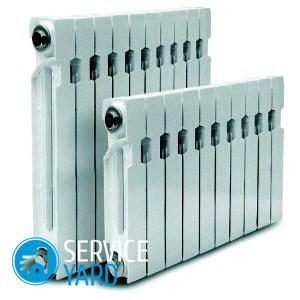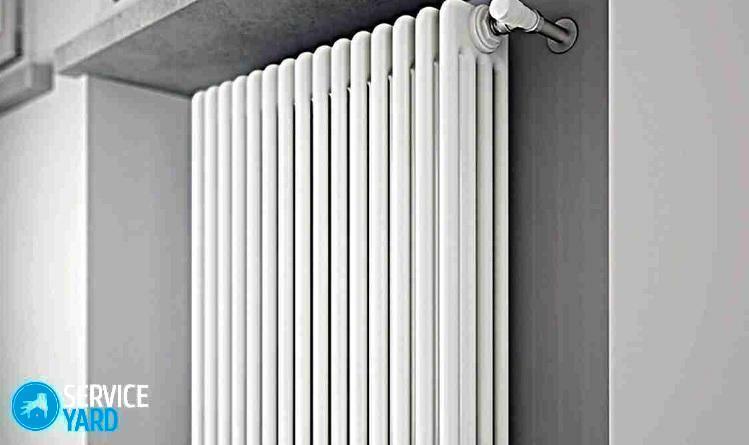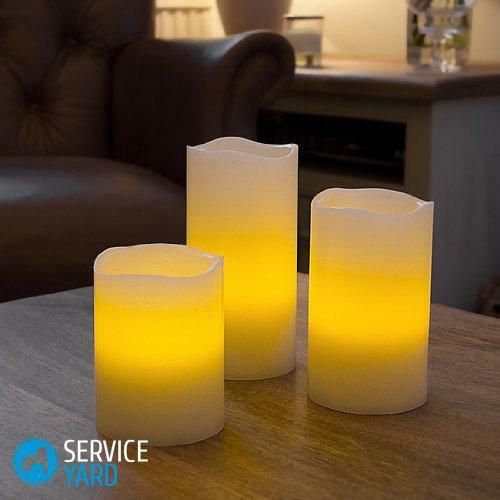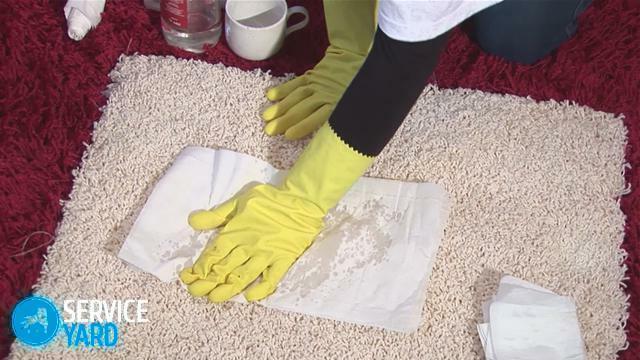
- How to choose a radiator?
- How to install a self-heating radiator - preliminary actions
- Rules for installing batteries in accordance with SNiP
Proper installation of heating devices is a great way to ensure an optimal indoor climate in the cold season. Today we will talk about how to properly install heating batteries in the apartment. This work can not be called too complicated. It is important only to strictly observe all the rules and nuances of installation.
to the contents ↑How to choose a radiator?
The assortment of heaters on the market, frankly, is impressive. A variety of batteries are presented - from budget to exclusive options. However, the principle of "the more expensive, the better" does not always work. The secret of the right choice is in the ability to find the option that is optimal for you.
Here are the factors to consider when buying:
- Type of housing( apartment in a multi-storey building, private house).
- Distribution of heating system.
- How to install the heater.
- Temperature in the heating system.
- Material used for the manufacture of pipes.
- The location of the apartment in the house.
- The need for regulating devices and fittings.
Depending on the material of manufacture, there are such options.
Cast iron
Today's cast iron batteries do not resemble the heavy bulky "accordion" of the times of the Soviet Union. These are flat panels of quite modern design. Cast iron keeps heat for a long time and has good heat transfer. Batteries made of cast iron last long enough: from 20 to 50 years.
Important! The main disadvantage of cast iron products is a large mass. The weight of one section is 8 kg. For this reason, they can not be mounted in rooms with wooden or plasterboard walls. In addition, because of the roughness of the cast iron, radiators are difficult to clean from contaminants.

Aluminum
They are not much different in design from cast-iron products. The main difference is the weight of sections( one section weighs 1 kg).Like cast iron, aluminum has good heat dissipation. To fix such batteries it is possible on walls from any material.
Important! The main disadvantage is the susceptibility to corrosion from a chemically aggressive coolant and sensitivity to water pressure jumps.
Bimetallic
Bimetallic construction is a kind of compromise between cast iron and aluminum. Externally reminiscent of aluminum, but chemically neutral with respect to the aggressive water environment and insensitive to pressure drops in the system. Very easy to install, good heat dissipation, affordable.
Steel
Steel radiators have a modern design and excellent thermal properties. The drawbacks of the steel structure are practically nonexistent, in addition to the fact that they do not tolerate water hammers.
to the contents ↑How to install the radiator with your own hands - preliminary actions
Before starting the installation work, it is necessary to agree with the installation scheme. This will allow you to properly install and effectively heat the apartment or house. Preliminary work is carried out in this order:
- Shut off the water in the apartment and near the installation site.
- Drain the water in the area where you want to replace the radiator.
- Blow up the pipes, drain the remaining water.
- Install the new battery according to the manufacturer's instructions and recommendations.
- After the heater has been installed, test it for leaks.
Rules for installing batteries in accordance with SNiP
Install the heating batteries in the apartment correctly in accordance with the following requirements:
- It is necessary that the window and radiator centers coincide. The error value should not exceed 20 mm.
- The width of the battery should be 0.5-0.7 of the width of the sill.
- The height of the battery above the finishing floor must not exceed 120 mm.
- The distance from the top of the battery to the window sill should not exceed 20 mm.
- The distance between the battery and the wall is between 20 and 50 mm. This distance can be reduced if the wall is treated with a heat-reflecting material.
Aluminum design:
- Preassemble the device.
- Screw the plug, install the thermoregulating and shut-off valve.
- Install the Majewski crane.
- Mark the mounting points on the wall.
- If necessary, treat the wall with heat-reflecting material.
- Secure the brackets to the wall.
- Hang the battery on the brackets, placing the hooks between the sections.
- Connect the radiator to a stand-alone or individual heating system.
Important! For sale there are 2 types of radiators for different types of buildings: designed for pressure of 6 atmospheres( for autonomous heating systems) and appliances designed for pressure up to 16 atmospheres( used for installation in high-rise buildings).
Features of installation of cast iron and bimetallic structures
The installation procedure is almost the same as for aluminum batteries:
- It is recommended to install the devices under a slight slope in order to avoid accumulation of air in the radiator( this leads to a decrease in heat transfer).
- Before installation, develop the device, check the nipples, then assemble it.
- In houses with wooden walls, you can not use brackets alone. The battery is installed on the floor stand, and the brackets play the role of additional support.
In this article, we have taken care of all the nuances regarding how to properly install heating batteries in an apartment. We hope that you managed to cope with this task qualitatively, and in winter there will be no problems with heat.



